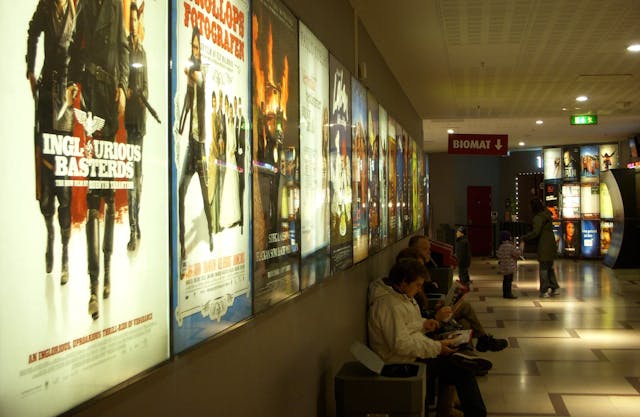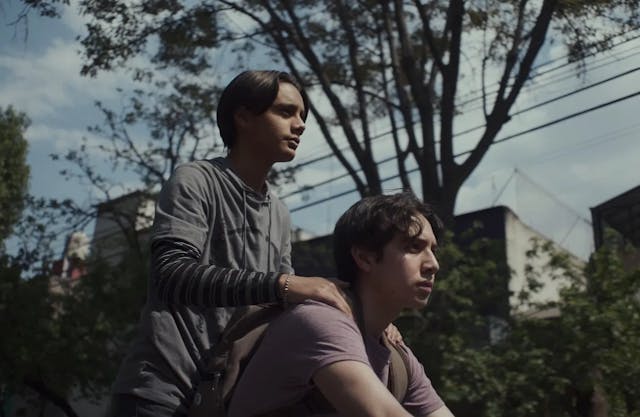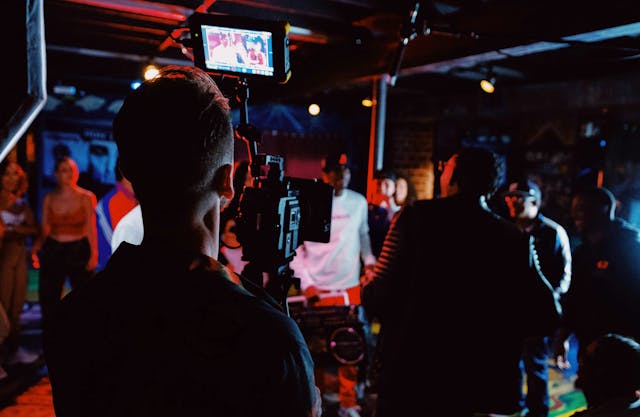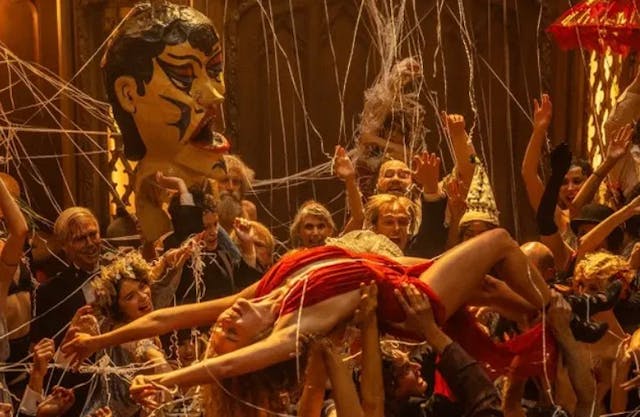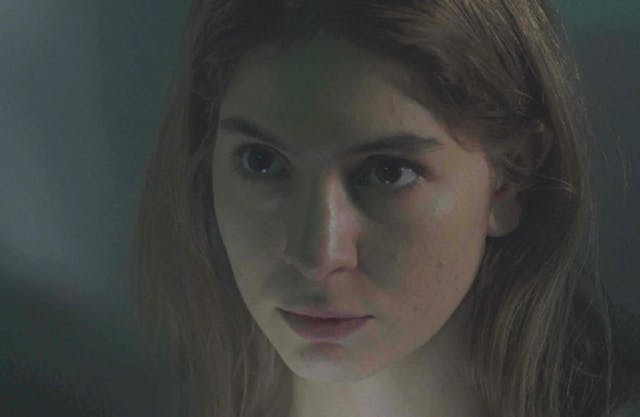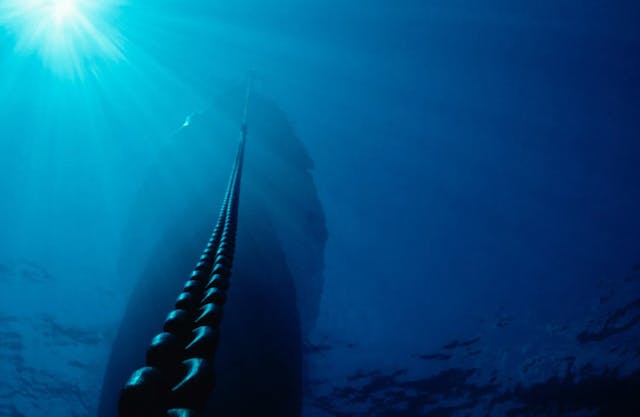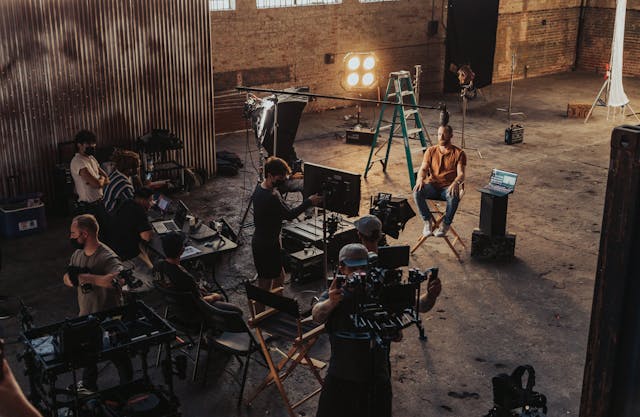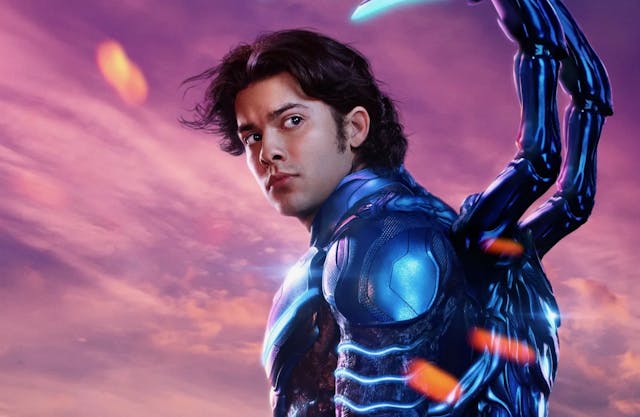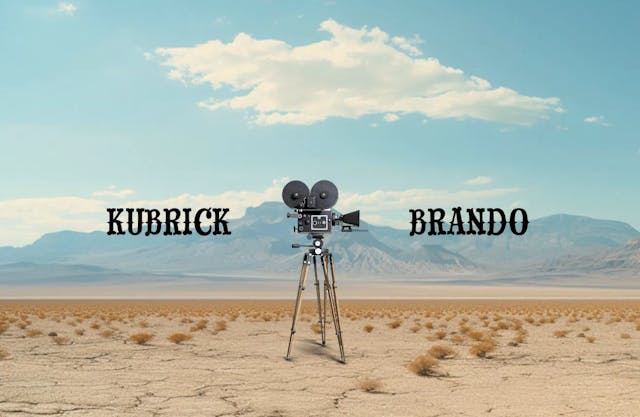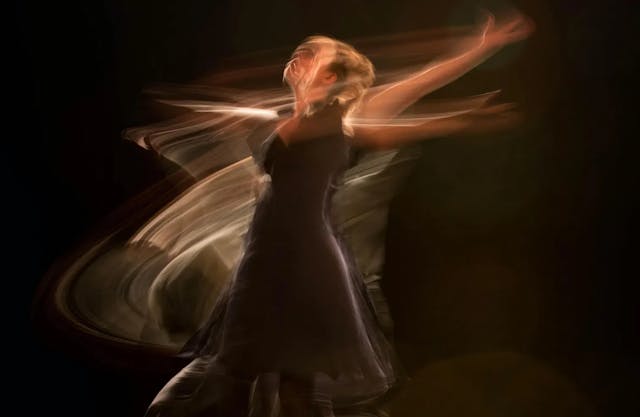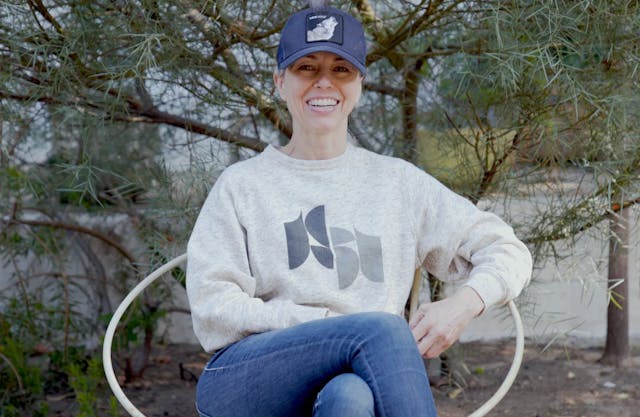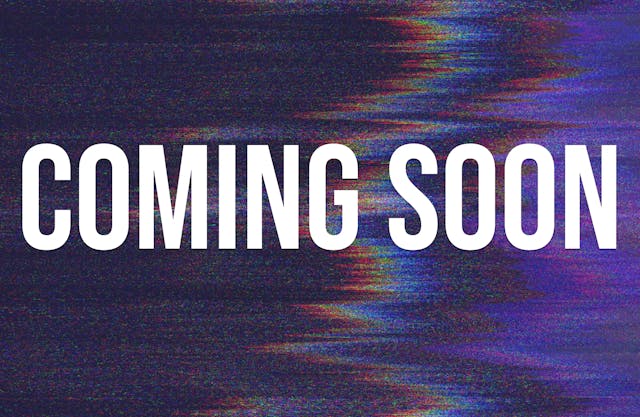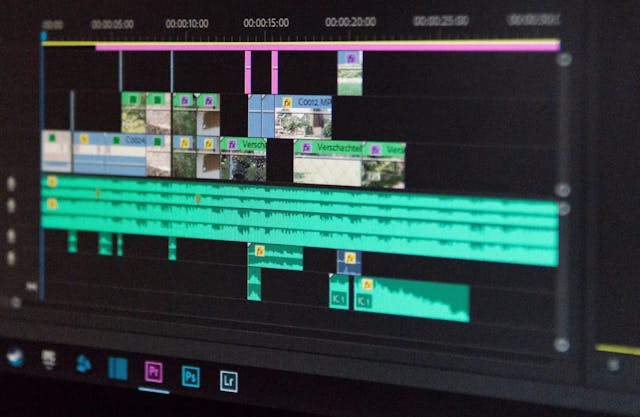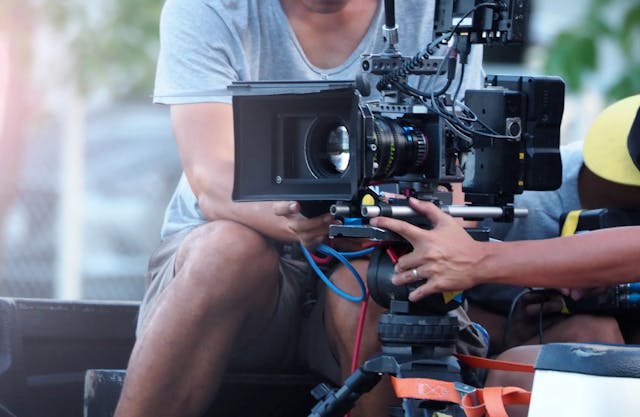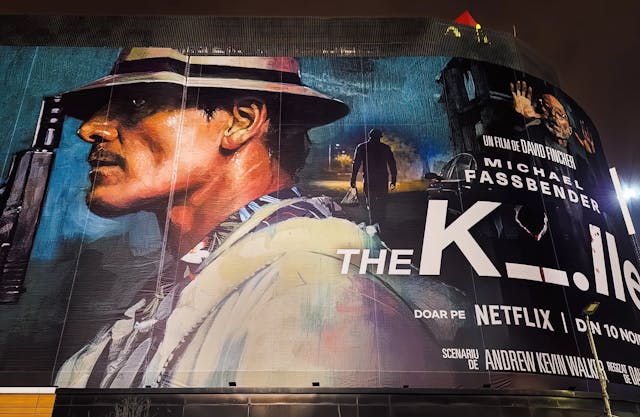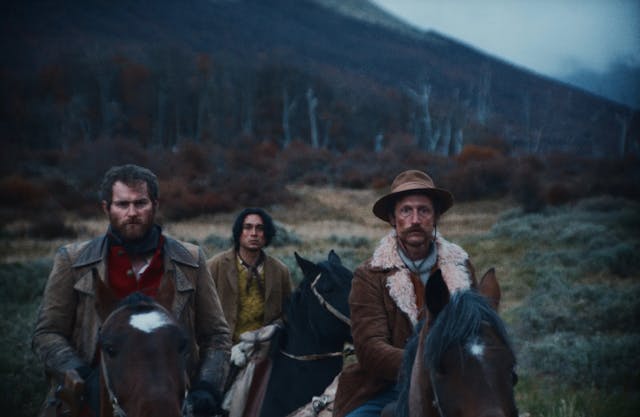The Art Of The Tease: Do Your Trailer As The Masters Do

In a world where everything is content, you must create a great trailer to stand out from the competition…or fail!
See what I did there? That introduction plays on the phrase famously voiced by LaFontaine in many trailers of the 80 and 90. There is no better introduction to the art, and the commerce, behind the movie trailer. Once seen as a perfunctory piece of advertising, it is now an event in itself. No longer a promotional tool of movies, books, music videos, and video games have trailers. Heck, even trailers have trailers. What is a tease, if not that? And teasers have teasers, sometimes attached to the teaser itself. I know. It is complicated.
There is no shame in enjoying movie trailers. People arrive early for a movie to catch an eagerly awaited trailer, promoted like the actual film. Or maybe you kill hours on YouTube, looking at personal favorites. Having favorite trailers is the mark of a cinephile. Here’s one of mine:
Yes, I am old, but I swear I was not alive for the first run of the original “Thomas Crown Affair” (Norman Jewison, 1968).
Let’s Go Back in Time
If you are to believe the Wikipedia article on movie trailers, they are the third most viewed content online. But where do they come from? And why are they called trailers, anyway? Reportedly, in 1913, Lowes Theaters created a short promotional film for the upcoming movie titled “The Pleasure Seekers”. It was the brainchild of Nils Granlund, advertising manager. He was also the mastermind behind a slide show fashioned to anticipate a Charlie Chaplin film in 1914.
“Trailers” were called such, because they would trail the movies. They were either shown at the end of the show, or after the B-feature and before the main attraction, right in the middle of the program. Eventually, they schlep their way to the start of the show, prefacing the movie. The name stuck even if it stopped making sense. But when it comes to movie history, to look for “the first” of anything is a fool’s errand. It doesn’t matter who was first. Trailers are here to stay.
Format Is King Until It Isn’t
Movie trailers share DNA with TV and radio advertisements. For a long time, a fast-talking narrator would deliver an aggressive pitch in a descriptive note, alternating with little snippets of dialogue. There are always some artists that break the norm. Take a gander at Alfred Hitchcock’s landmark trailer for “Psycho” (1960). Eager to drum up expectations without giving anything away, Hitch filmed a guided walk-through of the sets and locations, treating them as real places, elliptically referring to the events as real. He appeared on camera, hinting at the horrible things that happened - “In this house, the most dire, horrible events took place”. At almost 6 and half minutes in running time, the “Psycho” trailer is a delicious indulgence from a master filmmaker.
Hitchcock's killer showmanship shines in the trailer. But it was its own thing. It did not start a trend. Two minutes became the standard running time, which in a way, anticipates the viewing habits of the social media era: a modest piece of content, short enough to favor impulse viewing. By the eighties. - the LaFontaine years, so to speak, although many other voice artists shared the mic - the narrative tone became more indirect and tantalizing, with dramatic music cues taken from recognizable pop songs and other film's musical scores.
The format is so recognizable and pervasive, that it begs to be mocked. Check out this satirical trailer selling Stanley Kubrick's The Shining as a romantic comedy.
In time, the voice-over artists phased out. The style currently in vogue takes short snippets of scenes, especially the most striking shots, and puts them together separated by fast-paced dissolves to black. Whatever voice-over you listen, comes straight from lines of dialogue in the movie.
Lessons From an Old Master
Circling back to Kubrick, we find great lessons in the visual and narrative economy in trailers. Check out his tantalizing advance for “The Shining” featuring a single static shot showing the Overlook elevators. There are no voice-overs or lines of dialogue, just the suffocating drone of Wendy Carlos’ composition. A credit roll names cast and key crew members. Then, the elevator doors open to inundate the screen in a red tide of blood. It’s a disturbing, almost abstract image. It reveals nothing and says everything you need to know about the movie.
Years later, Kubrick returned to this template for a tantalizing teaser trailer of his swan song, “Eyes Wide Shut” (1999). The last names of the talent spearheading the movie flash on the screen - Cruise, Kidman, Kubrick - alternating with a single zoom shot showing Nicole Kidman cavorting naked, enigmatically, in front of a mirror. She is not quite dancing but swaying to the rhythm of Chris Isaak’s “Baby Did a Bad, Bad Thing” blasting in the soundtrack. As the camera zooms steadily to her face, Cruise walks into the shot and starts nuzzling and kissing her, but her eyes remain fixated in her mirror image. Or is it the audience? Again, a simple, perfect tease that tells you everything and nothing at the same time.
Perhaps because of the nudity, you won’t find the original teaser on YouTube. A further version, splicing in other shots from the movie, can be seen here. It still works, but it’s much more conventional and tame.
Do Like Kubrick
If we abide by popular conventions, a teaser comprises less than a minute bite of your movie. A trailer represents a more explicit two-minute extravaganza. Both can be excellent promotional tools, no matter in which production phase your project is. They can help you apply for funds to finish shooting, complete post-production, or seal the deal on festival applications if you can submit them.
Trailers comprise an assortment of images usually taken from the rushes. The money shots are there, working their magic even divorced from context in the plot. You may even catch shots that end up out of the final cut, excised to keep the running time under control, or after so many focus groups and executive notes.
We propose you don’t wait that long. Do like Kubrick. Identify a tiny audiovisual morsel sure to whet the appetite of the audience. It may be a single shot or a complete scene. Prioritize its shooting in your schedule. Get it in the can, and edit it as if it were your presentation card. You can re-edit or make alternative versions as you go along, but this humble marketing tool will inspire you and others to make your movie a reality. You are selling the idea of your movie, not the whole plot.
Want to get an email when we publish new content?
Subscribe today